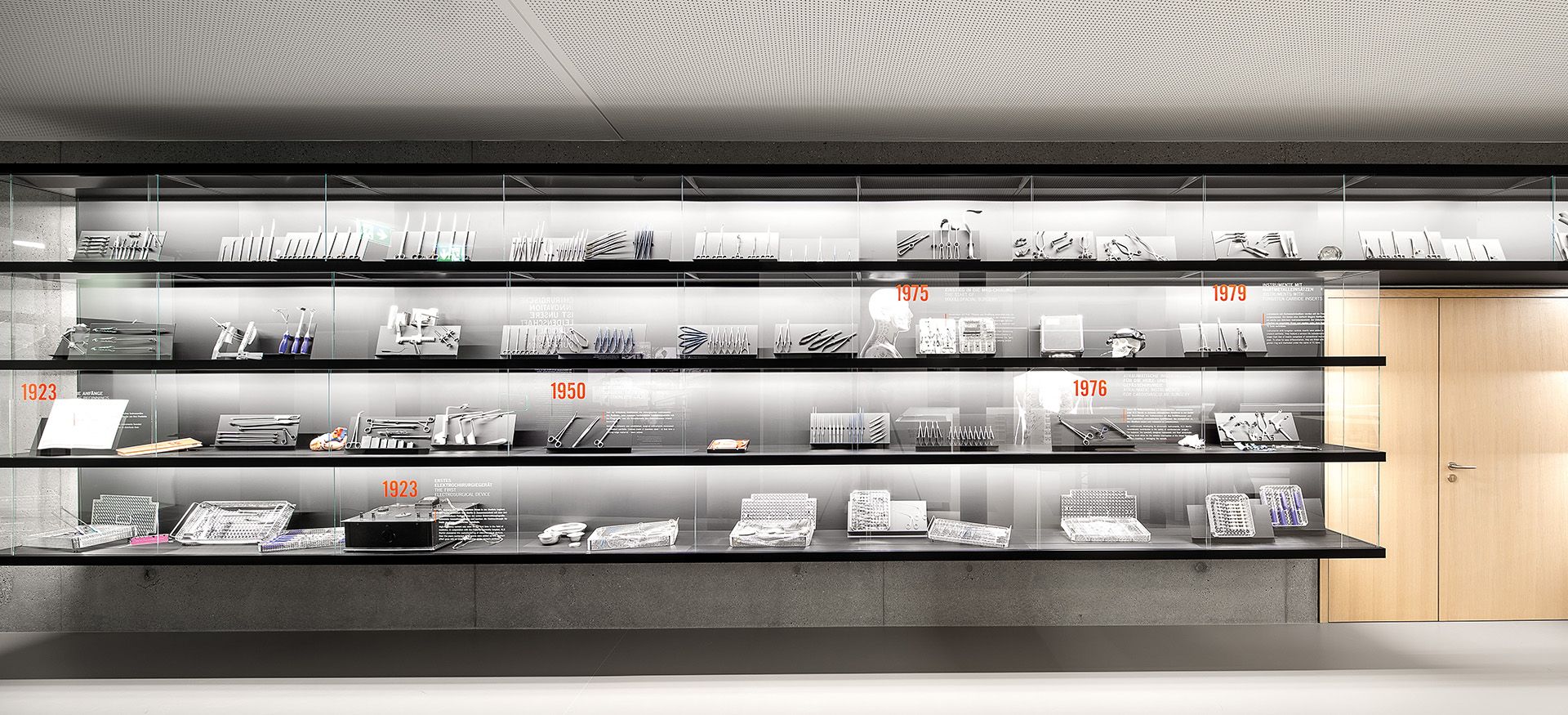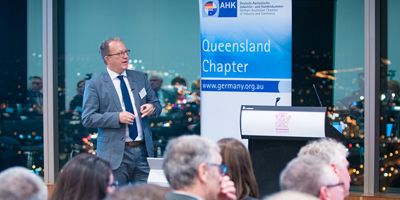For him, the future will bring three major changes: new technologies, digitized workflows and a changed environment. By means of the new possibilities, clinical results in particular should become even more reproducible. Technologies that could beneath others play a role are robotics, augmented reality and artificial intelligence.
Thomas Samyn showed, how we have already created workflows today through the use of new technologies and digitization, on the example of our new L1® MI Orthognathics minimally invasive instruments in combination with our system solution Individual Patient Solutions or IPS®. In addition to our patient-specific implants IPS Implants® available for various indications, this solution consists of the IPS CaseDesigner®, our software for virtual 3D planning and simulation of orthognathic cases, and our IPS Gate®, a communication platform that enables the user to digitally manage the planning and ordering process for a patient-specific implant.
As an example, he presented a clinical case in which the patient had a massive functional limitation in eating and drinking due to a malposition of the upper and lower jaw. For the patient, surgery is always associated with a certain amount of tension. Ideally, one would like to know as precisely as possible what the result of the operation will look like before the actual clinical intervention. This gives the patient a bit of security.
With the IPS CaseDesigner®, the bone and soft tissue situation and the resulting profile of the patient can be simulated before the procedure. In addition, surgeons can simulate the operation in a safe environment, optimize planning and thus plan the implants required for the operation more precisely. This precision in planning and the instruments specially adapted to the procedure make it possible to perform the operation minimally invasive. Potentially, patients show less discomfort compared to conventional procedures after minimally invasive surgery, such as less swelling of the tissue, which ideally leads to earlier discharge and faster rehabilitation.
To save time during surgery and to enable a secure workflow, our L1® MI Orthognathics instruments are coded according to the successive surgical steps. This allows the surgical team to work intuitively with the instruments, which saves time.
The instruments are complemented by a VR application that makes it possible to playfully practice the various surgical techniques and thus gain a first impression of the approach. In addition to this location-independent training opportunity, we offer our IPS® Masterclass symposia at regular intervals in Bruges, Belgium. Prof. Gwen Swennen guides the participants through the complete workflow of real clinical cases including virtual 3D planning using the IPS CaseDesigner®, which are later on performed in the OR. As clinical author he crucially participated in the development of the IPS CaseDesigner®, the minimally invasive orthognathic instruments and the matching patient-specific implants.
Through the combination of digital workflows with coordinated advanced training options and intuitively usable products, we can already optimize processes today. However, we see great potential in the further digitalization of the processes before, during and after the operation and will also weigh up the benefits and costs of developing new applications in the future.
However, this potential can only be realized if the future environment is right. Already today we can foresee that the regulations will become more and more stringent. A further complicating factor is that there is a large number of international approval and testing authorities, which in turn apply individual regulations fitting to their markets. This is already creating a high level of documentation effort for medical technology manufacturers today and will continue to do so in the future. In such a complex environment, innovation means high investments. From a purely economic point of view, these investments can only be made when it is worthwhile for the companies. Therefore, an environment should be created in which innovative products, that from an objective point of view offer added value over previous treatment methods, are promoted and therefore innovation as such.
In summary, the combination of new technologies and digital workflows will make the difference. With our Individual Patient Solutions we are already on the right track, but we are still in the midst of transformation. Artificial intelligence and smart devices will be part of the future solutions – but only if it pays for the industry to develop innovative products.



